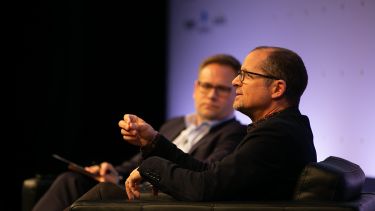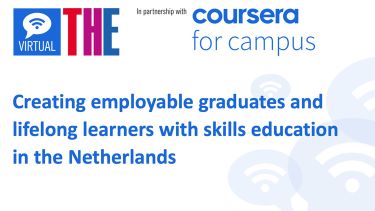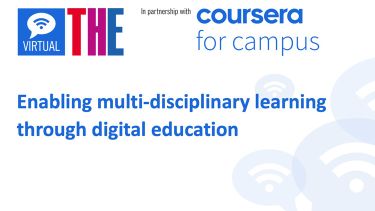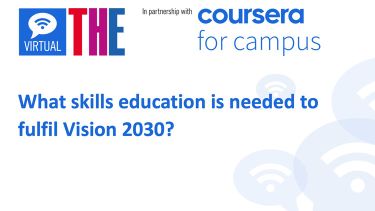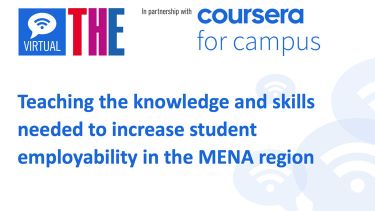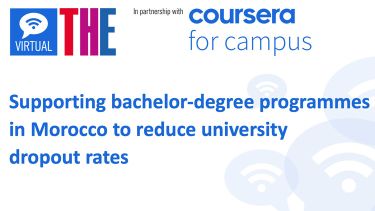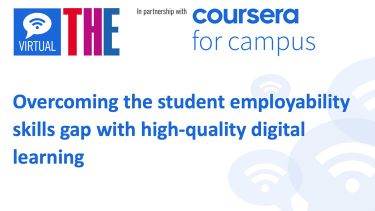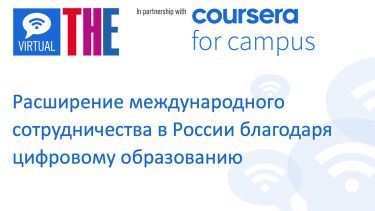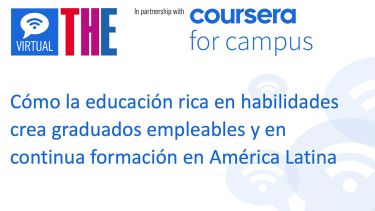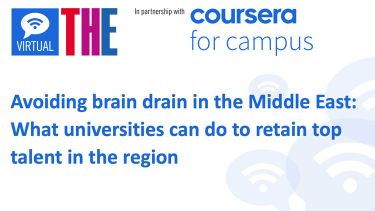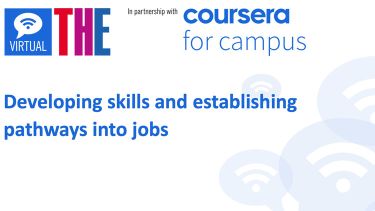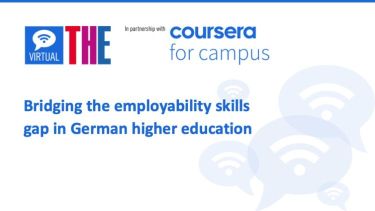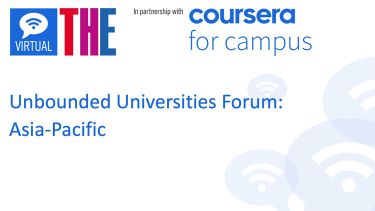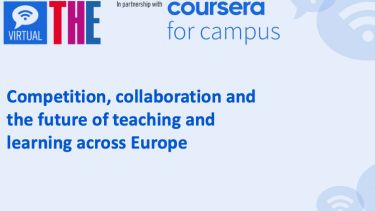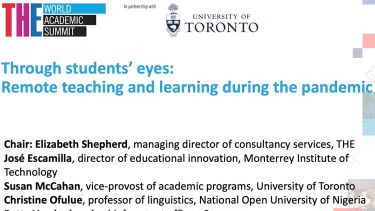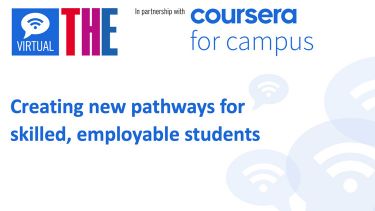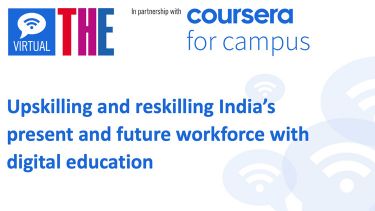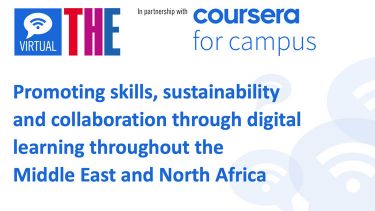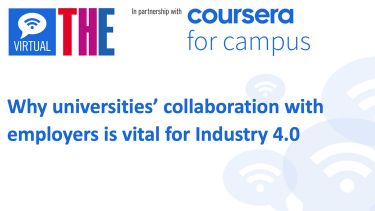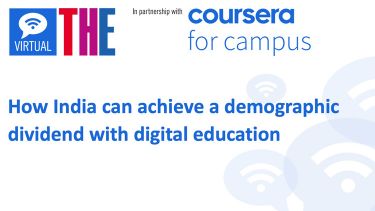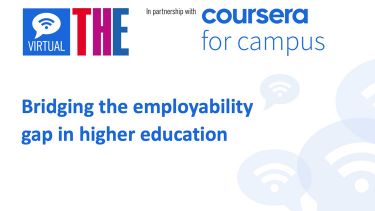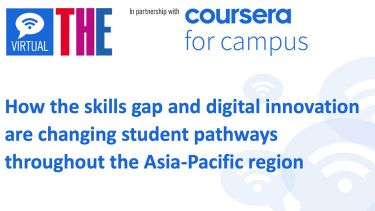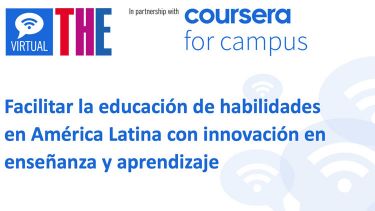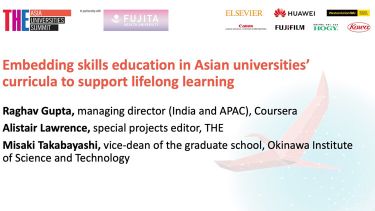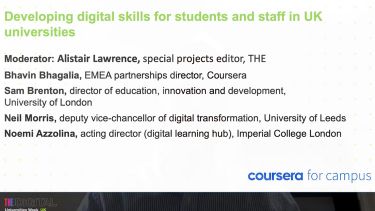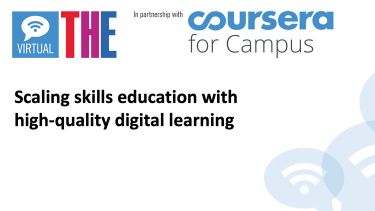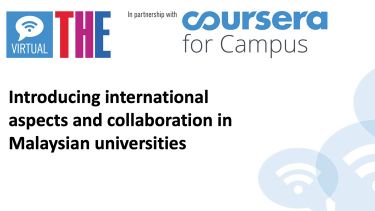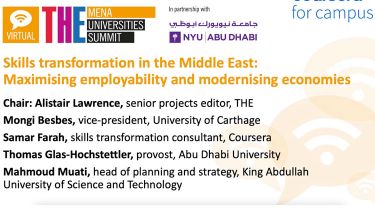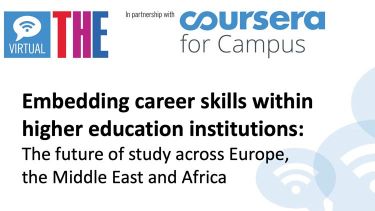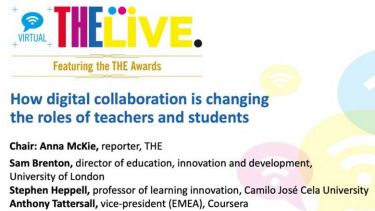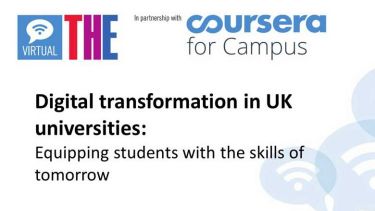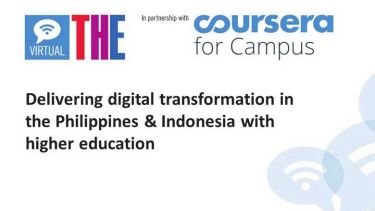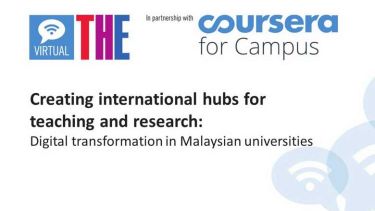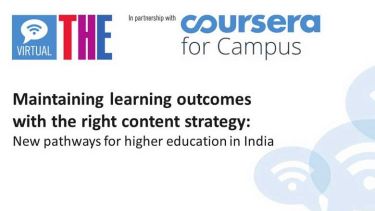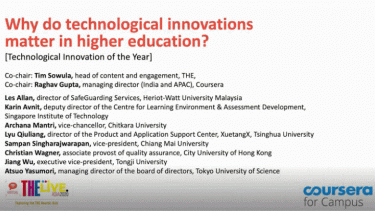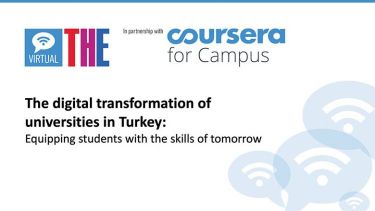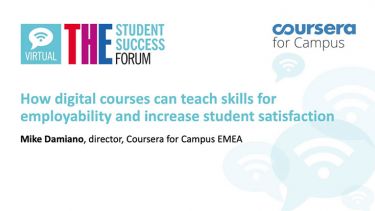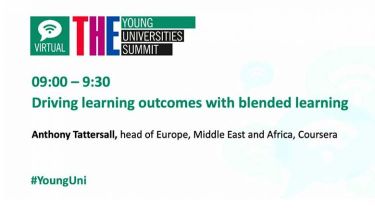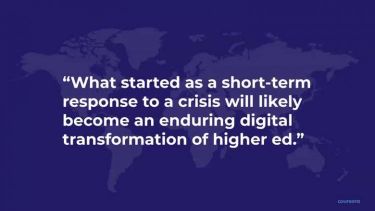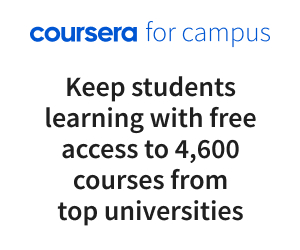Can blended learning provide solutions to some of the biggest societal challenges in India?
With the Indian workforce set to become the world’s largest by 2027, the nation’s education leaders face pressure to ensure its graduates are suitably prepared to meet industry needs.
As part of the Times Higher Education India Universities Forum 2021, three experts met to discuss some of the changes taking place in the region as universities seek to improve graduate employability as well as their global reputations.
Atul Chauhan, chancellor of Amity University, said he believed that four main skill sets were required of students to ready them for the future workplace. “Technology skills are very important with the growth of artificial intelligence and big data, but that is already happening…even at a school level,” he said. More important, he advised, was for universities to focus on teaching “global citizen skills”.
“In the future, workplaces will be more interconnected, employers will have more global peers, so [students] really need to learn the nuances of how to work at a truly global level,” he said.
Innovation and creativity were also key to analytical thinking and complex problem solving, the panel agreed, as were interpersonal skills, for example teaching young people to be “resilient, emotionally intelligent [and] to have empathy”. All these qualities are difficult to replicate online and away from campus, Chauhan warned.
To this end, the panel agreed that blended learning would likely become increasingly important after the Covid-19 pandemic.
Raghav Gupta, managing director for India and APAC at Coursera, said that there were many positives for universities to take from their experiences of remote teaching. For once thing, many Indian institutions have experimented with incorporating lessons and guest teachers from across the world.
“I could be a student at Amity or [the Gandhi Institute of Technology and Management (GITAM)] and also [be] learning from Stanford or Princeton, and that is an element of blended learning which I think we will possibly see going forward,” Gupta said.
Sri Bharat, president of GITAM, said that digital transformation had widened an already significant education gap in the region. Prestigious institutions like his “attract students who can afford [technological] devices, but 80 to 90 per cent of the country cannot…These are very real challenges,” he said. “Conceptually, many things sound good. But when it comes to implementation and understanding the challenges in local environments, a lot more work has to happen.”
The rapid pace of automation and digitalisation taking place in the workplace also makes it difficult for universities to keep up with the changing needs of employers. Bharat said that databases provided by the likes of Coursera could provide valuable insight in this regard: “[They] are in touch with multiple stakeholders and can bring that knowledge to us”. Similarly, universities have successfully improved graduate employability by working directly with industry professionals on campus.
When asked how students could be taught to develop the skills of leadership during a crisis, the panellists agreed that universities must teach by example. “If you have leaders who are not risk-taking or bold, that culture permeates through the rest of the organisation,” said Bharat. “Do we say good things without doing them? Or do we walk the walk? Covid has been a good time to test that theory.”
Find out more about Coursera.
Watch the Times Higher Education and Coursera webinar on demand above or on the Times Higher Education YouTube channel.




